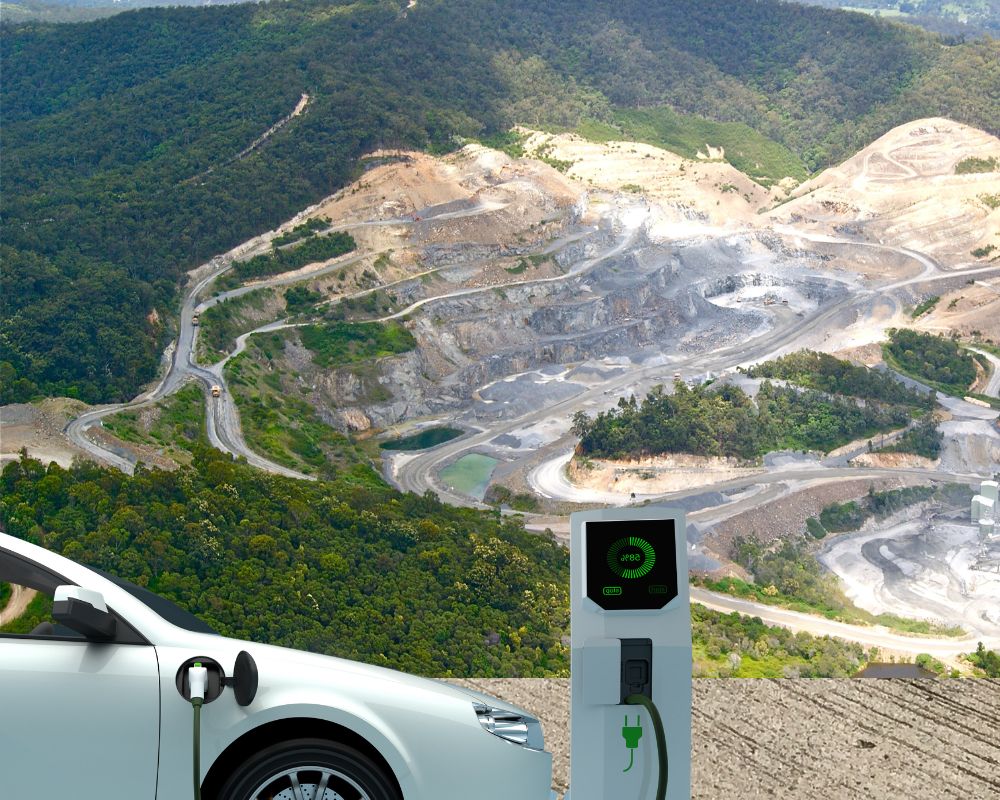North American cities have undergone dramatic changes over the last century. Locations that were once inconvenient have become accessible through extensive road networks leading to population decentralization from the traditional urban centre to suburbia, creating polycentric sprawls from once monocentric communities. It would be an understatement to suggest that this change in sociospatial structure creates challenges for urban planners. We have cultivated a massive disparity in the distance between our places of work and our places of residence. Low population densities combined with greater commuting distances, mean greater automobile dependency, greater fuel usage, and greater system inefficiencies.
Our reliance on fossil fuels to live in this way must end and must end quickly. Electric vehicles (EVs) have been touted as the solution to this problem, a climate solution. While I do not disagree that the electrification of single occupancy vehicles must happen, and must happen fast, I would certainly disagree that this is a solution. It does not solve the problem. It is at best a band aid or a stopgap. The greater problem is, and always has been, land use – and the solution to our land use problem will never be single occupancy vehicle use.

Our dependence on personal vehicles fuelled by fossil fuels is creating a climate catastrophe. Most governments plan to displace fossil fuel dependency with EV battery dependency, meaning dependency on lithium, nickel, cobalt and other rare earth elements. We are not solving our problem, we are brushing it under the rug to be dealt with later.
Almost 90% of the planet’s lithium is located in Australia, Chile and China. 60% of all nickel is found in Indonesia, Philippines and Russia. 70% of all cobalt is mined in the Democratic Republic of Congo. China and Myanmar combined hold over two thirds of all other rare earth metals used in battery production. China dominates the refining and processing of ALL these metals. We extract, ship great distances, refine, ship great distances, and manufacture.
Over time, our emission reporting structures will evolve to include scope 3 emissions, that is, emissions not owned or controlled by the reporting entity, or value chain emissions. As this happens, we must include extraction, shipping and processing emissions, the EV sheen will wear off fast. The oil wars of the past century will be displaced by similar geopolitical strife around battery components. The EV will become a problem to be solved, just like the combustion powered vehicle that preceded it.
The true solution, the land use solution, is not a popular one. Encouraged by our province, many municipalities continue to sprawl, growing into farmland and protected areas. In Canada, all orders of government have worked under the assumption that the EV, the ‘shiny new thing’, will solve our problems, when it just enables an unsustainable future for a short while longer. The only solutions are dense mixed-use communities where people get around by public and active transportation. We need to quit our fossil fuel dependency rapidly – but our farmland, forests and green spaces are precious – let’s not pursue ‘solutions’ that enable their destruction.
While phasing-in EV’s we need to think hard about how we will phase them out. Their future use will enable the destruction of greenspace locally and create conflict internationally. We don’t have all the answers for how we can redesign existing communities and how we will futureproof new communities, but surely this is a conversation we should be having right now. We are hitching our wagon to a solution that will be a problem for the next generation to solve. Sounds familiar, doesn’t it?
By Kevin Behan, Operations Director